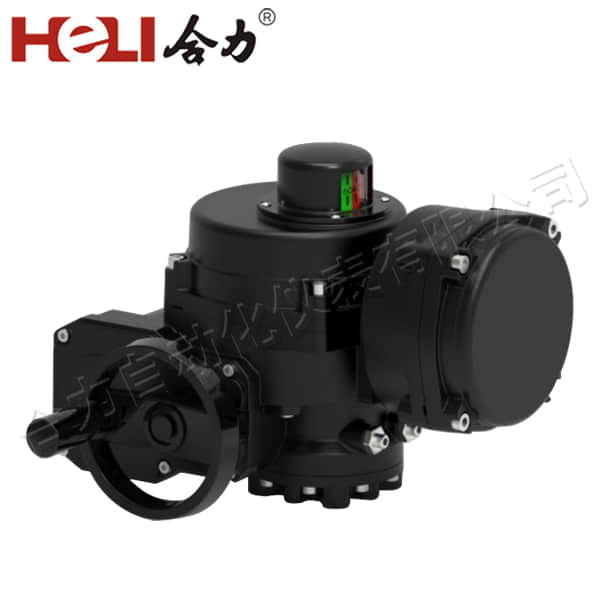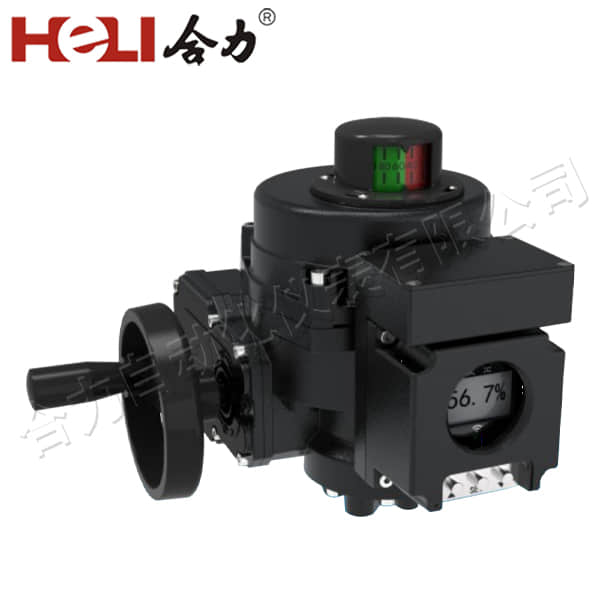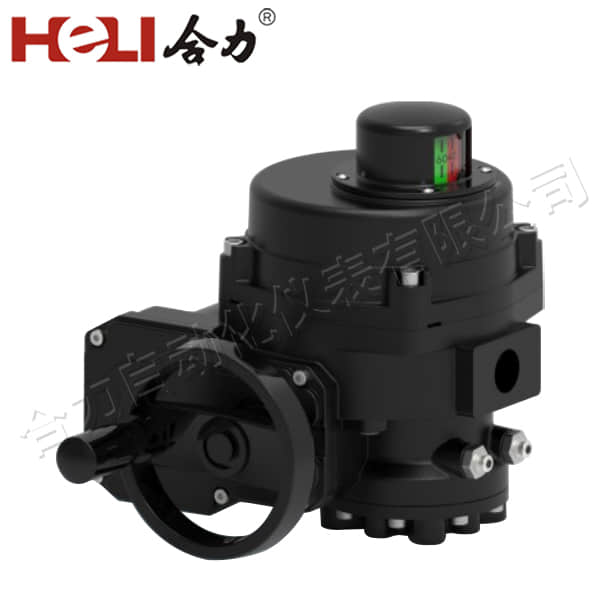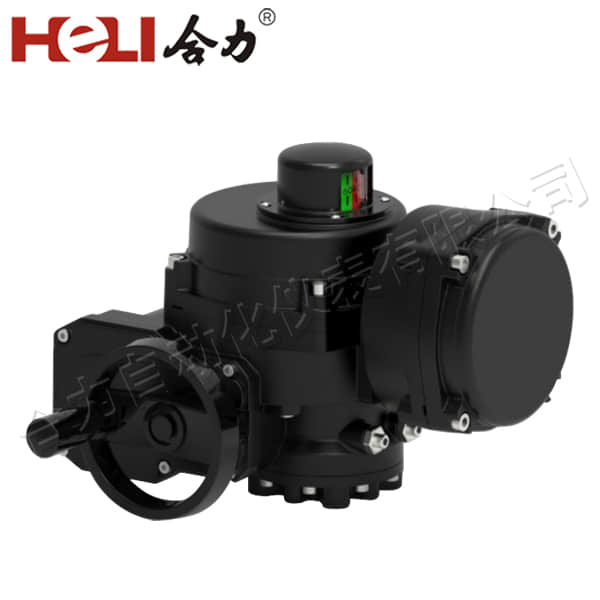Electric actuator valves are pivotal in modern industrial applications, playing a critical role in automating processes and improving efficiency. These valves, which are powered by electric actuators, provide precise control over the flow of liquids, gases, or slurries in various industries, such as manufacturing, oil and gas, water treatment, and HVAC systems. In this article, we will delve into the mechanics, applications, and benefits of electric actuator valves, and explore why they are considered the ultimate solution for automation in fluid control.
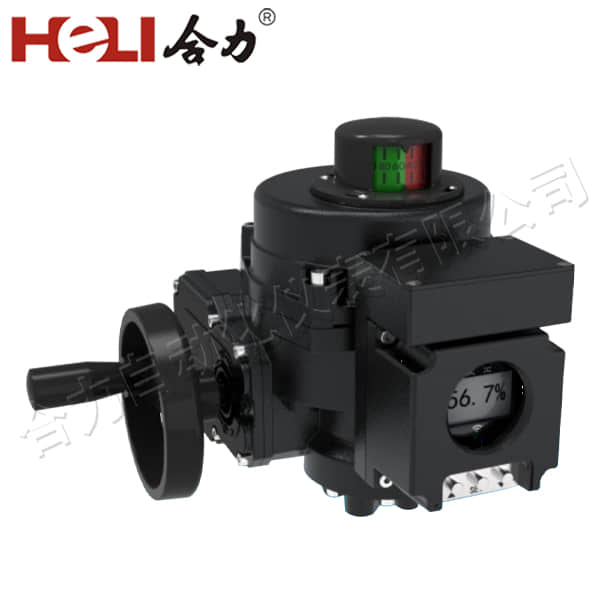
What is an Electric Actuator Valve?
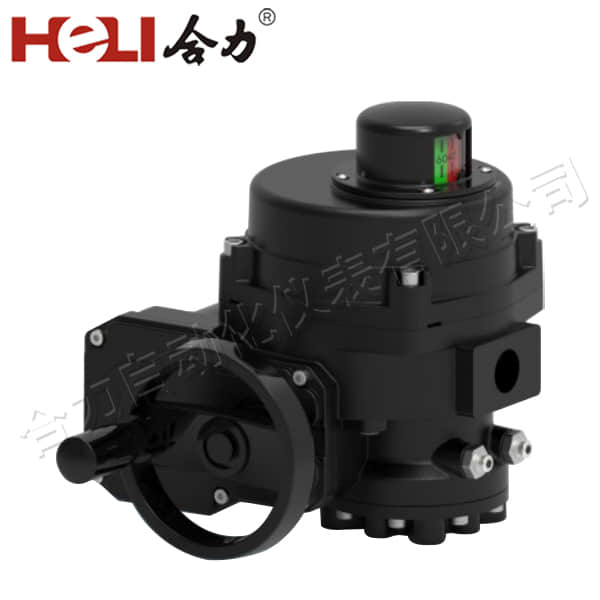
An electric actuator valve combines a valve and an electric actuator to regulate the flow of a medium through a pipeline or system. The actuator is responsible for opening or closing the valve based on an electrical signal, typically from a control system. The valve itself can be of various types, including ball valves, globe valves, or butterfly valves, depending on the specific application and system requirements. Electric actuators work by converting electrical energy into mechanical motion. This motion then operates the valve mechanism, allowing it to either modulate or fully shut off the flow of a fluid or gas. The electric actuator offers several advantages over manual and pneumatic actuators, such as greater precision, less maintenance, and easier integration with digital control systems.
